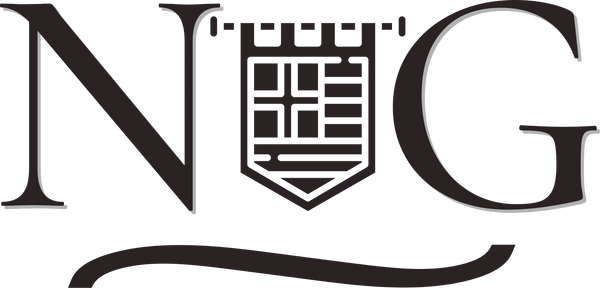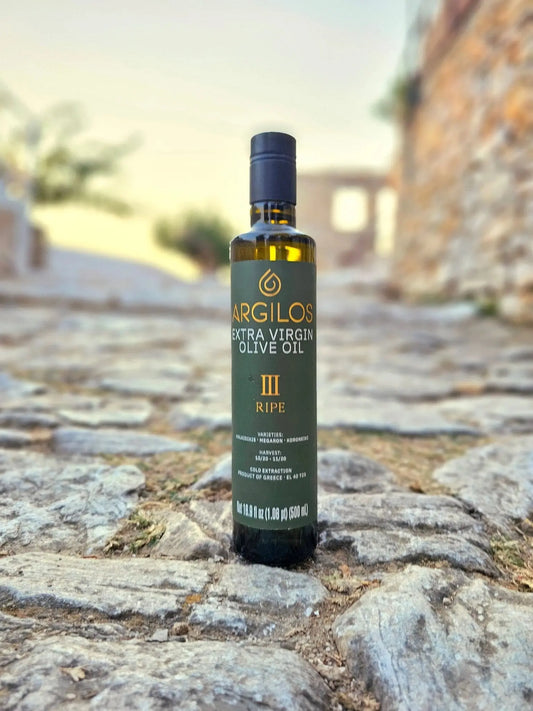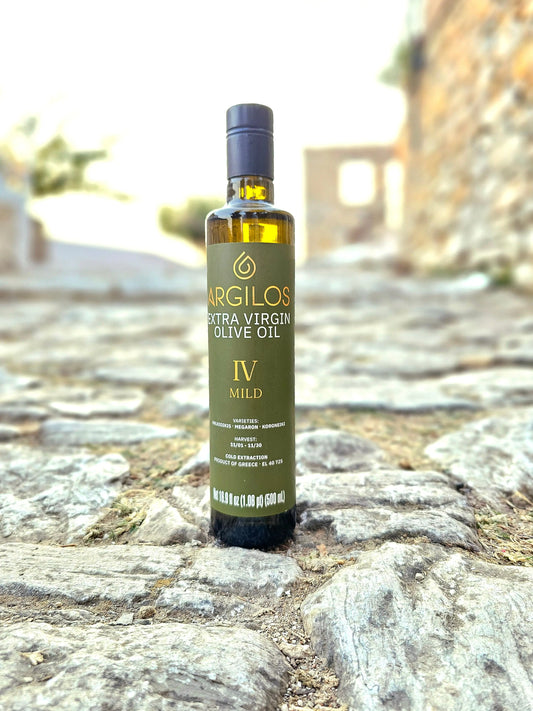
The Thracian Rider and Avlonitis Hero: Their Influence and Presence in Mount Pangaion
Share
The Thracian Rider and Avlonitis Hero: Their Influence and Presence in Mount Pangaion
Mount Pangaion, a storied mountain of Northern Greece, is a region deeply intertwined with ancient myths, sacred rituals, and cultural exchanges that shaped its identity across millennia. Among its most enigmatic figures are the Thracian Rider and Avlonitis Hero, both of whom occupy prominent positions in the spiritual and cultural fabric of the area. Their legacy not only speaks to the religious traditions of Thrace but also reveals a unique synthesis of local and external influences. This essay explores the Thracian Rider's influence on Mount Pangaion, its association with the Avlonitis Hero, and their enduring presence in the region's history and identity.
The Thracian Rider: Icon of Thrace
The Thracian Rider, also referred to as the Thracian Horseman, is a recurring figure in Thracian religion and art, typically depicted as a mounted warrior or hunter. This figure, surrounded by symbols of hunting, fertility, and protection, embodies the Thracian people's reverence for nature, their warrior ethos, and their connection to the divine. In artistic representations, the rider is often accompanied by hunting dogs, a spear, game animals, and sacred trees, symbolizing his dual roles as a protector and a mediator between the human and divine realms.
The origins of the Thracian Rider can be traced back to the Iron Age, with his worship enduring through Hellenistic and Roman periods. The rider became a focal point of syncretic religious practices, blending indigenous Thracian traditions with Greek and Roman influences. In Thracian society, he served not only as a divine protector but also as a symbol of social order and continuity, bridging the gap between the natural and supernatural worlds.
Mount Pangaion: A Sacred and Strategic Landscape
Mount Pangaion, renowned for its rich gold and silver deposits, fertile plains, and imposing presence, has long been a place of spiritual and economic significance. In antiquity, the mountain was considered sacred, associated with gods and heroes who watched over its bountiful resources. For the Thracians, Mount Pangaion represented both the spiritual heart of their territory and a vital source of prosperity.
The Thracian Rider's presence in the Mount Pangaion region is a testament to the mountain's role as a cultural and religious hub. Archaeological evidence, including votive reliefs and inscriptions, highlights the rider’s veneration in the area. These artifacts depict the rider in various contexts, often emphasizing his protective role over the natural and human landscapes of Pangaion.
The Avlonitis Hero: A Local Manifestation
One of the unique facets of the Thracian Rider's presence in Mount Pangaion is his association with the Avlonitis Hero, a localized version of the rider figure. The Avlonitis Hero, named after the Avlon region near Mount Pangaion, reflects the localization of the Thracian Rider's cult. Like the Thracian Rider, the Avlonitis Hero is portrayed as a mounted figure, embodying attributes of protection, fertility, and heroism.
The Avlonitis Hero’s significance lies in his role as a regional guardian and benefactor. Local myths and traditions often depict him as a protector of communities, a hunter who ensures abundance, and a warrior who upholds justice. His association with the fertile lands and sacred groves of Mount Pangaion underscores his connection to the natural and spiritual wealth of the region.
The interplay between the Thracian Rider and the Avlonitis Hero demonstrates the adaptability of Thracian religious practices. While the Thracian Rider represents a pan-Thracian deity with broad appeal, the Avlonitis Hero reflects the specific needs and beliefs of the Mount Pangaion communities. This duality highlights the dynamic nature of Thracian spirituality, where universal themes were expressed through localized narratives.
Influence on Mount Pangaion’s Religious Practices
The Thracian Rider and the Avlonitis Hero were central to the religious life of the Mount Pangaion region. Shrines dedicated to these figures dotted the landscape, serving as sites of worship and communal gathering. Offerings such as animal sacrifices, libations, and votive plaques were made to seek their protection, guidance, and blessings.
The association of the Thracian Rider and Avlonitis Hero with hunting and fertility resonated deeply with the agrarian and pastoral communities of Mount Pangaion. Their imagery often adorned funerary monuments, reflecting the belief in their protective presence in both life and the afterlife. The rider’s connection to the underworld and chthonic deities further reinforced his role as a mediator between realms, ensuring the cyclical renewal of life and prosperity.
Syncretism with Greek and Roman Traditions
The arrival of Greek and Roman influences in the Mount Pangaion region enriched and transformed the cults of the Thracian Rider and Avlonitis Hero. Greek hero worship and Roman imperial iconography blended seamlessly with the Thracian traditions, creating a unique syncretic religious landscape.
The Thracian Rider was often identified with Greek heroes such as Heracles or Apollo, while the Avlonitis Hero gained prominence as a local counterpart to Roman deities associated with protection and abundance. This blending of traditions ensured the continued relevance of these figures, even as Thrace became increasingly integrated into the Hellenistic and Roman worlds.
Connections to Saint George and Saint Demetrius
A fascinating dimension of the Thracian Rider’s legacy is his connection to Christian saints, particularly Saint George and Saint Demetrius. The depiction of the Thracian Rider as a mounted figure slaying a beast or protecting the faithful bears striking similarities to the imagery of Saint George slaying the dragon and Saint Demetrius as a mounted warrior saint. These parallels highlight the continuity of symbolic themes such as protection, heroism, and divine intervention across religious traditions.
In Christian iconography, Saint George’s role as a protector of the faithful and Saint Demetrius’ association with military might and justice echo the Thracian Rider’s functions in ancient Thracian spirituality. This connection suggests that early Christian communities in the region may have adapted and reinterpreted the imagery of the Thracian Rider to align with their new faith, ensuring the survival of deeply rooted cultural symbols in a transformed spiritual landscape.
Modern Preservation and Legacy
Today, the legacy of the Thracian Rider and Avlonitis Hero endures in the Mount Pangaion region through archaeological discoveries, local traditions, and cultural memory. Museums in the area display votive reliefs and inscriptions, offering valuable insights into the religious practices and artistic expressions of ancient Thrace.
Local folklore and festivals often draw upon the themes associated with these figures, celebrating the region’s rich history and its connection to nature and spirituality. Efforts to preserve the archaeological sites and artifacts related to the Thracian Rider and Avlonitis Hero ensure that their stories remain an integral part of Mount Pangaion’s identity.
The symbols of the Thracian Rider and Avlonitis Hero continue to inspire contemporary interpretations, from art and literature to tourism and cultural initiatives. Their enduring presence reflects the timeless appeal of their mythology, which speaks to universal themes of protection, heroism, and the harmony between humanity and the natural world.








